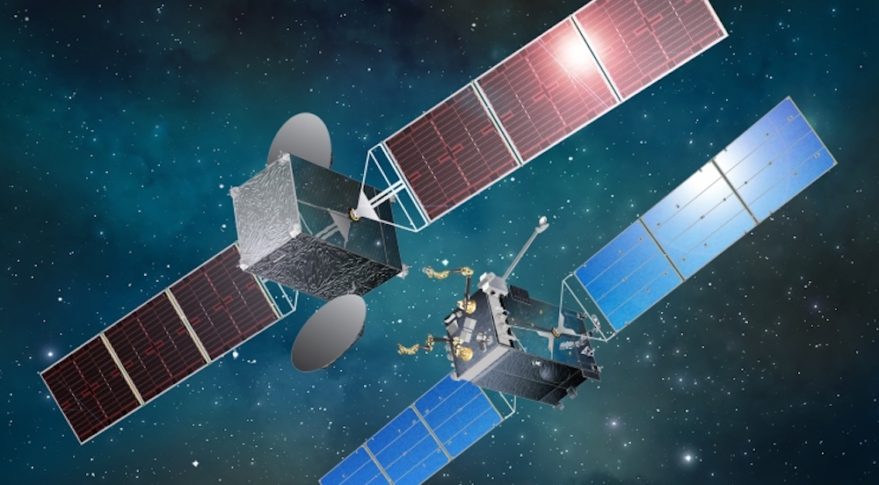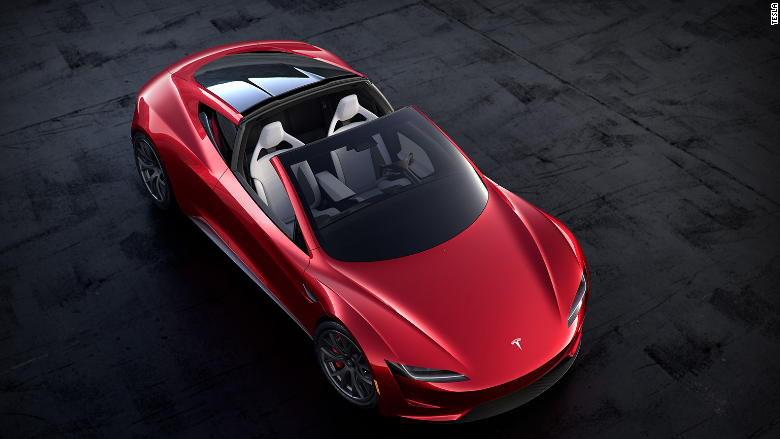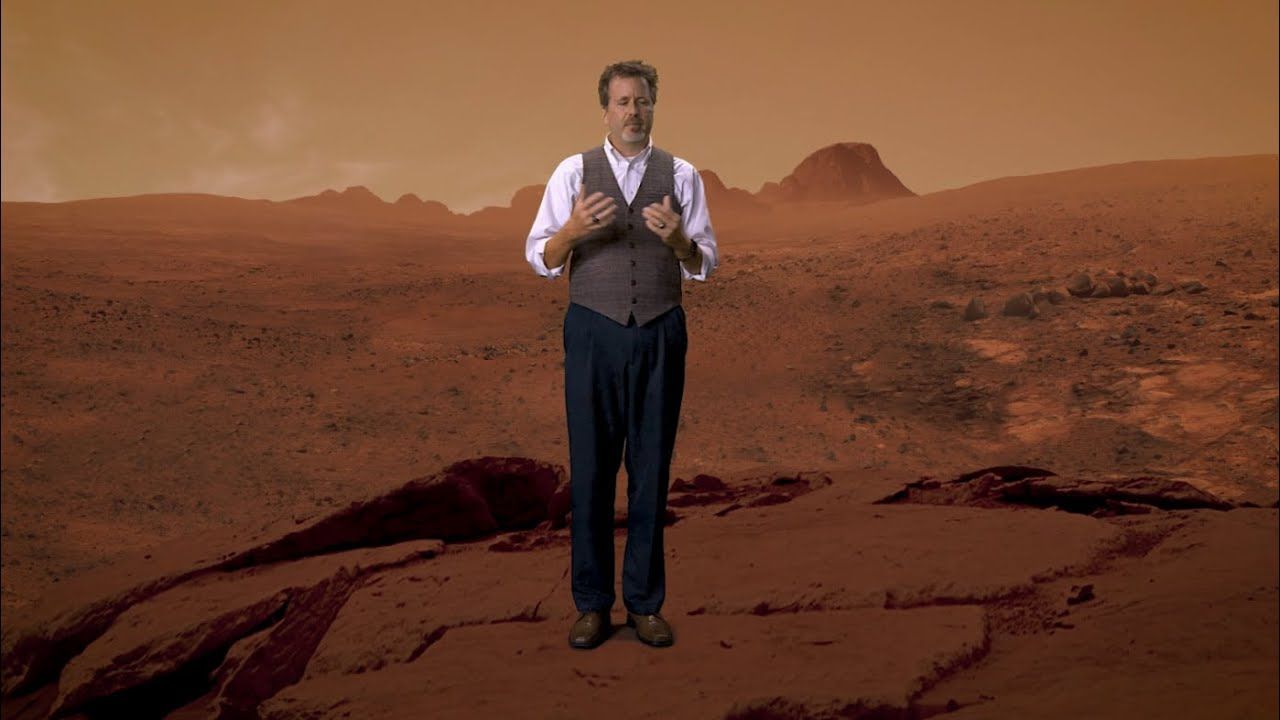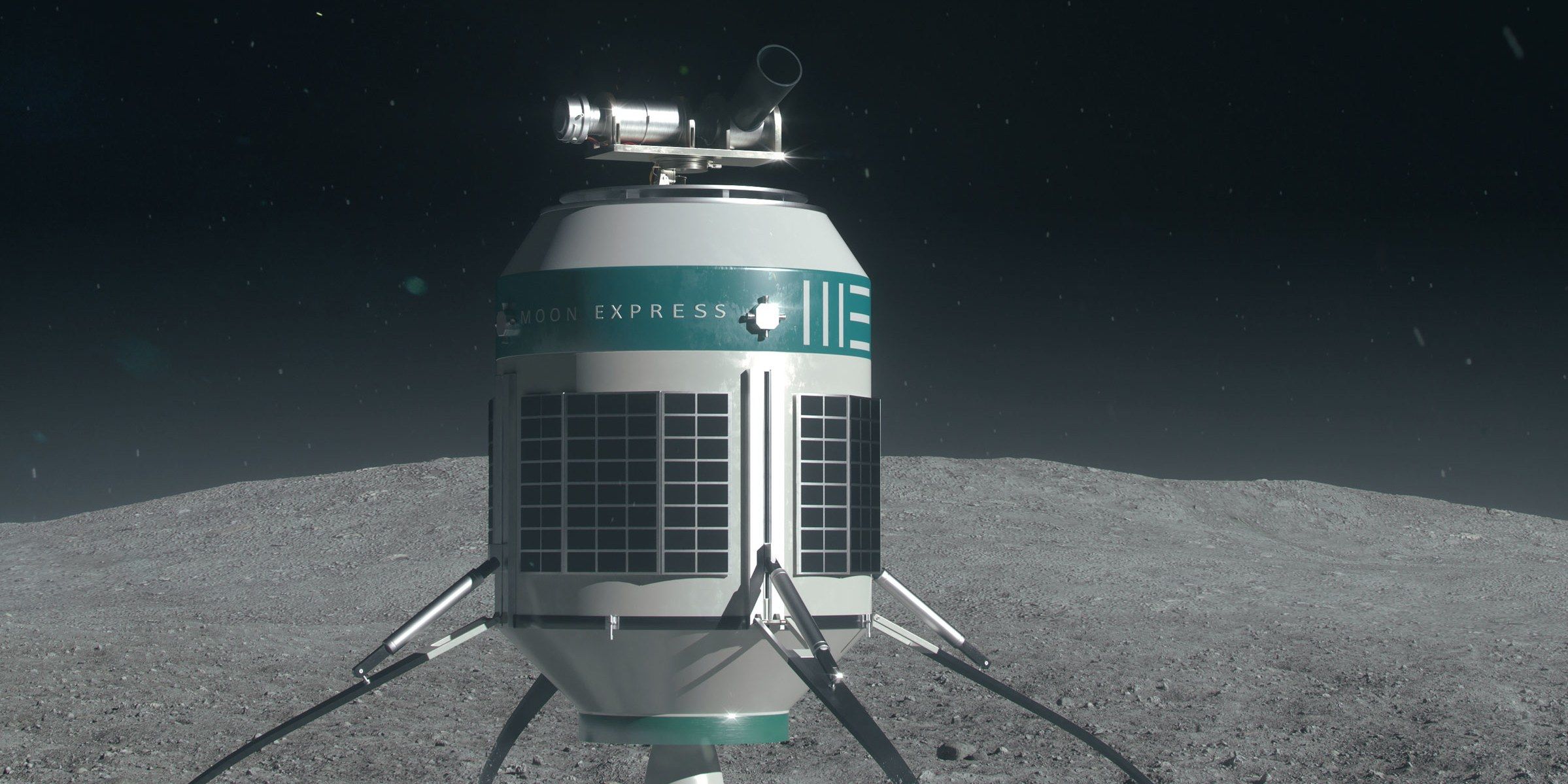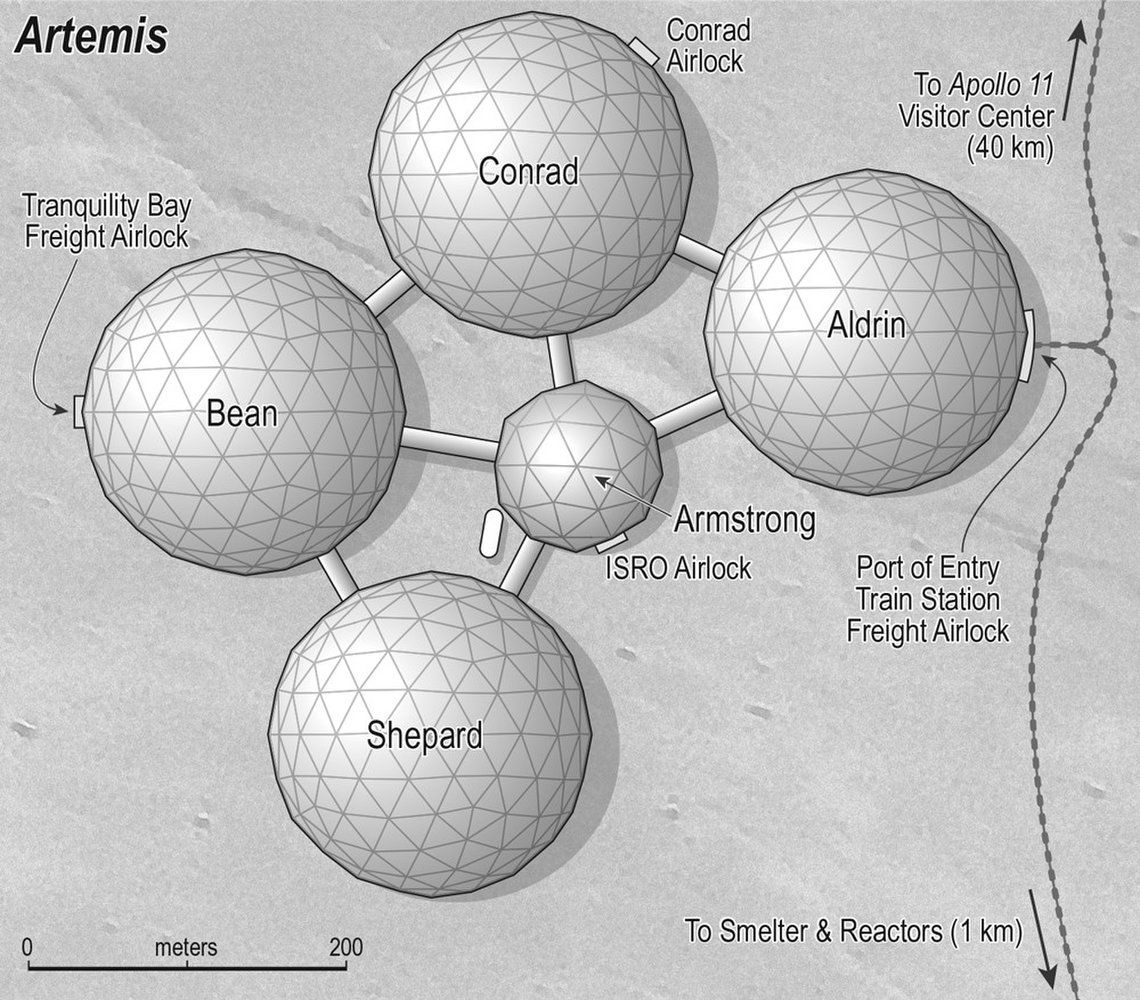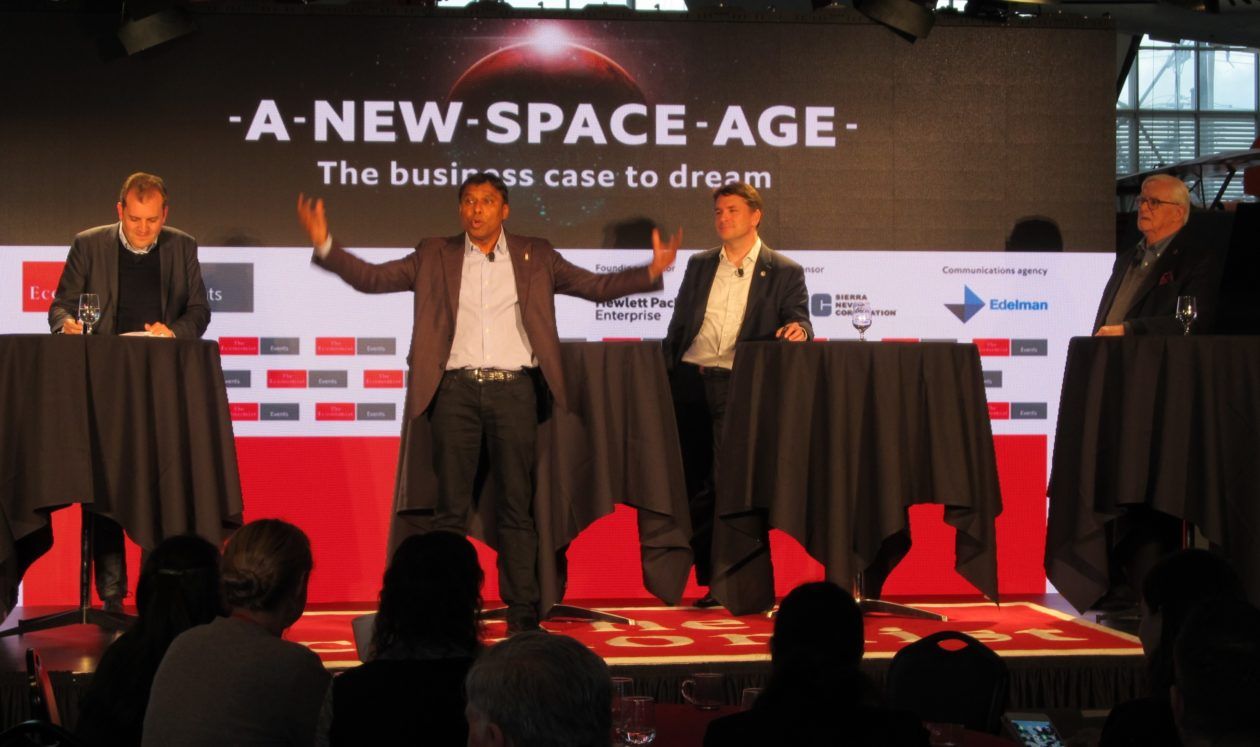Nov 20, 2017
On-orbit satellite servicing: The next big thing in space? — By Sandra Erwin | SpaceNews
Posted by Odette Bohr Dienel in category: space
“Technology has been developed to “approach, grasp, manipulate, modify, repair, refuel, integrate, and build completely new platforms and spacecraft on orbit,” he said. But the lack of clear, widely accepted technical and safety standards for on-orbit activities involving commercial satellites remains a major obstacle to the expansion of the industry.”
